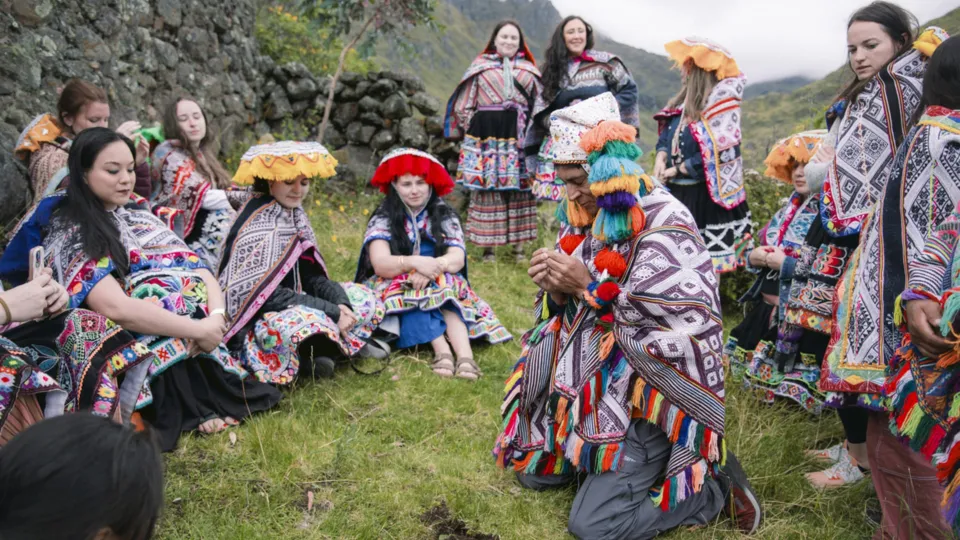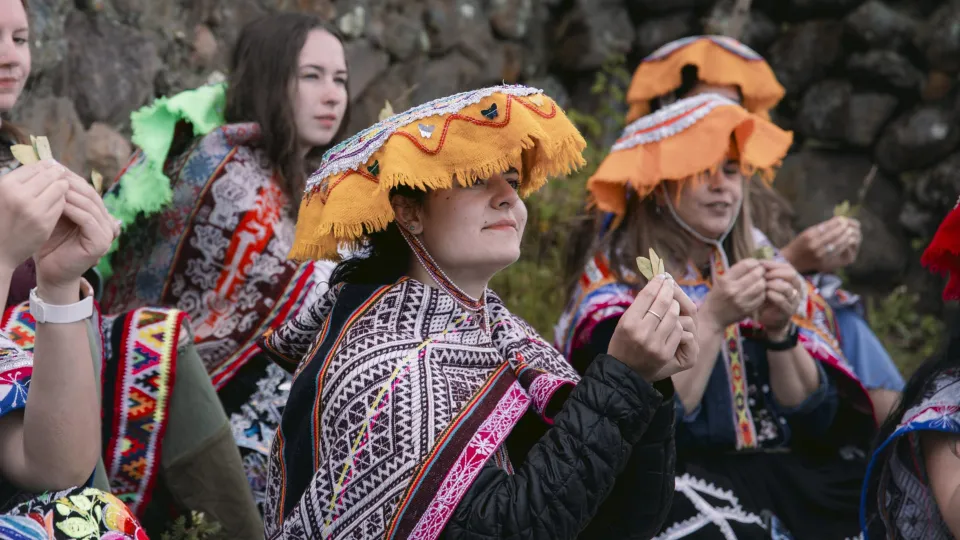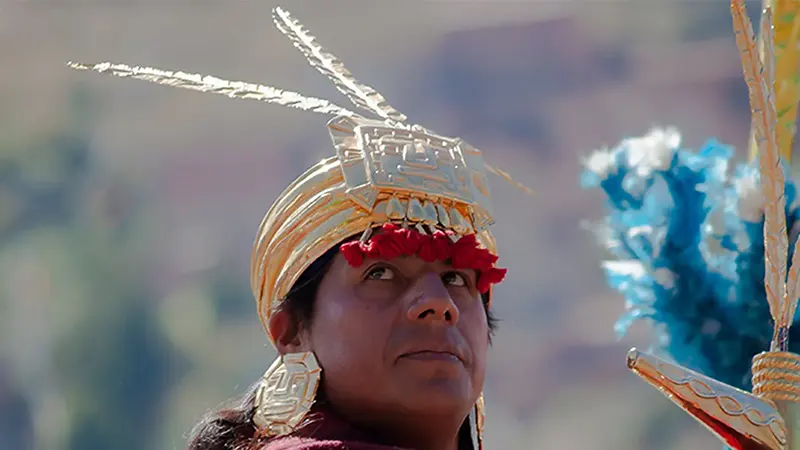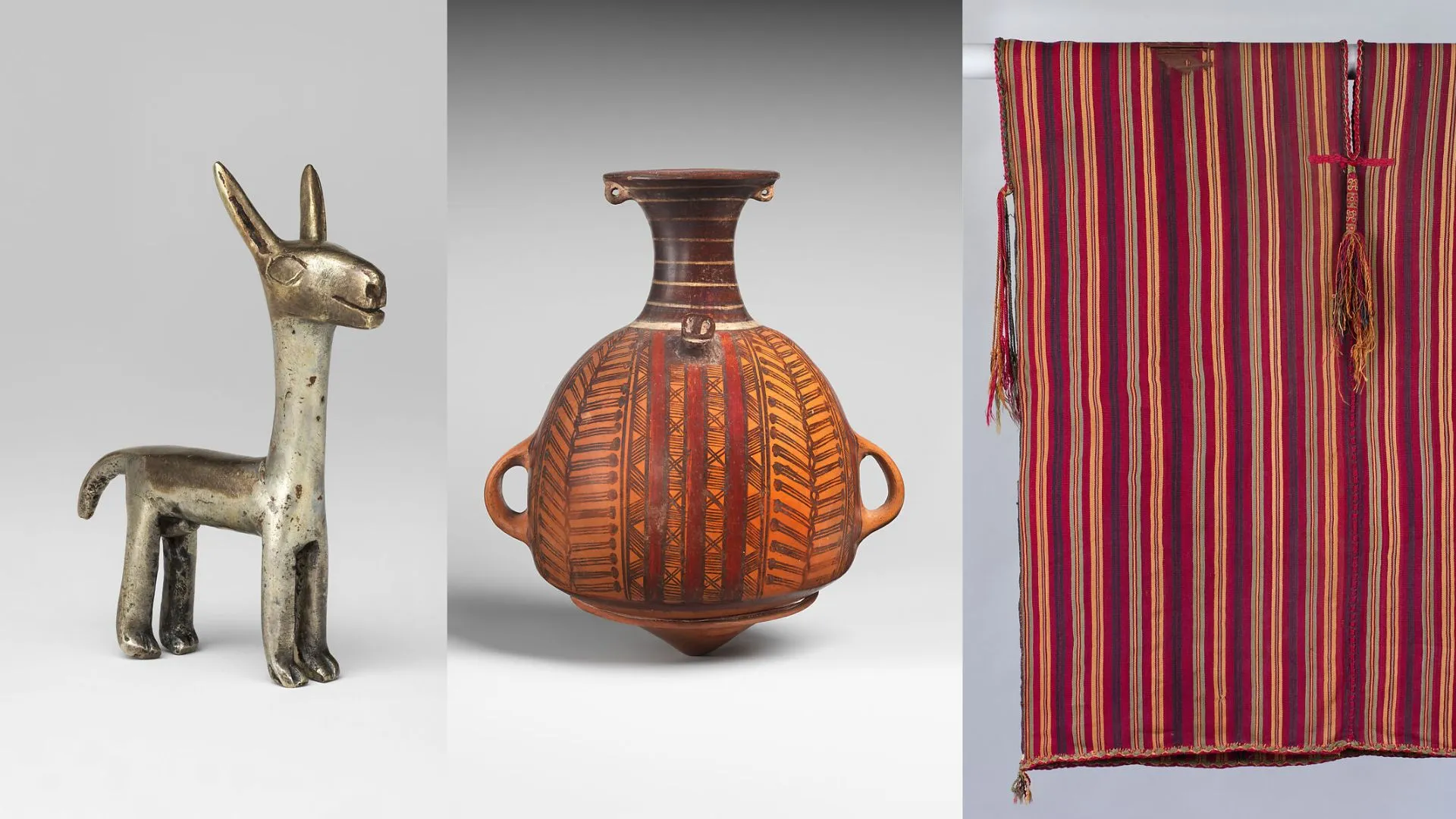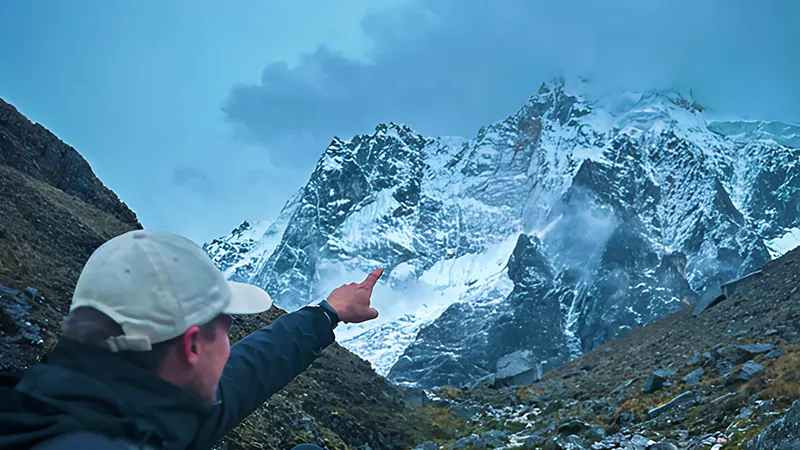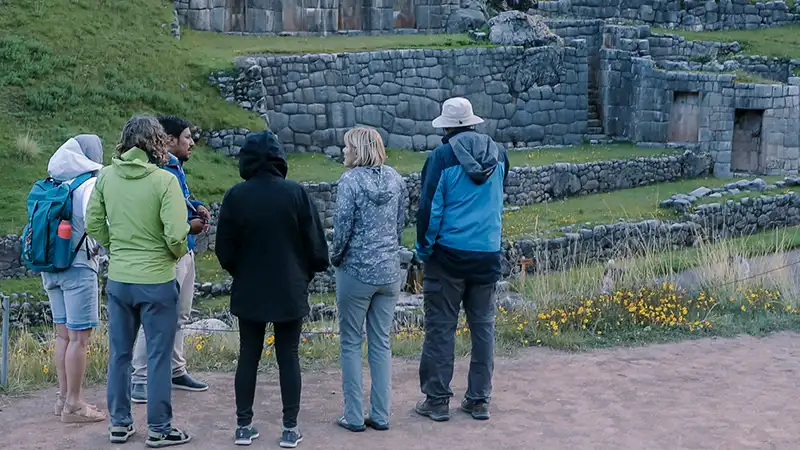The pachamama is a deity of the Andean culture in Peru. It symbolizes the deep connection between humanity and nature. Therefore ancient civilizations performed ceremonies or rituals as part of gratitude or reciprocity to the divinity. Special people conduct such rituals and here you will learn about the ceremonies and their energetic benefits.
The places where they perform the ceremonies are surrounded by mountains with peaks and even glaciers. But then what is the meaning of pachamama?
Meaning
The meaning of pachamama comes from the Quechua word where "pacha" is (earth or world) and on the other hand "mama" would be mother. So pachamama would be defined as "mother earth" or "mother of the world" in Quechua and Aymara languages.
A goddess of Inca mythology who governs the crops, embodies the mountains and causes earthquakes. She sustains life on earth, that is her great power. Mother Earth has her sanctuaries such as sacred rocks or legendary trees. Pachamama is symbolized as an adult woman clutching crops of potatoes, corn or coca leaves.
It is known that she played an important role in pre-Inca cultures. Her valuable power resonated from ancient times. That is why she was venerated as the mother, the giver of resources for the existence of her children. The people sought her blessing through rituals and offerings. The symbol of a sacred mother reminds us of the importance of caring for and honoring Mother Earth.
The Pachamama in Indigenous Beliefs and Rituals
Indigenous peoples interact in their daily lives through rituals and offerings. The offerings contain food, coca leaves or sacred gifts symbolizing gratitude for what mother earth has given you.
What is a Pachamama Ceremony like?
- The shaman introduces the ritual and gathers symbolic elements such as coca leaves, flowers, sweets and other offerings.
- The offerings are placed in the form of a beautiful heart.
- To each person the shaman gives 3 intact coca leaves. This is so that they can concentrate their wishes on each one of them.
- It is usually accompanied by music with pre-Hispanic instruments. This creates an atmosphere of joy and life.
- The shaman invokes all the apus (sacred hills) that are around the site.
- The ceremony concludes when the participants give their energy in the offering. And then the shaman burns the offerings and coca leaves.
Pachamama in Contemporary Society
Countries such as Bolivia, Peru and northern Argentina honor Pachamama with rituals such as the challa. Rituals include pouring chicha on the ground, burying food and burning incense. Families thank mother earth throughout the year to ensure good health and increase crop production.
Pachamama and Catholicism
Andean rituals in honor of Pachamama have merged with Catholic symbols and prayers. According to some interpretations, Mother Earth is God's providence. Even Pope John Paul II recognized the worship of Pachamama.
The Importance of Coca Leaves and Pachamama
In Incan times, the coca leaf was sacred and more than just a plant. Its consumption was a privilege reserved for nobility and significant occasions, and it spread among the Aymara and Quechua cultures of Peru, Bolivia, and other Andean countries.
Being considered sacred, it was offered to Pachamama as a symbol of reverence, all under a strict ritual.
Today, the coca leaf is a native plant that comes from the heart of South America, especially from the Andes. The presence of coca leaves dates back more than 8,000 years.
It is composed of vitamins (B16, C, E, A, B1, B2, B5, B9), mineral compounds (calcium, copper, iron, magnesium, phosphorus, potassium, sodium, zinc), antioxidants, and flavonoids. Its main advantage is that it helps prevent altitude sickness and cardiovascular diseases. If you ever visit Cusco, Peru, it is recommended to drink coca leaf tea to help with the altitude.

